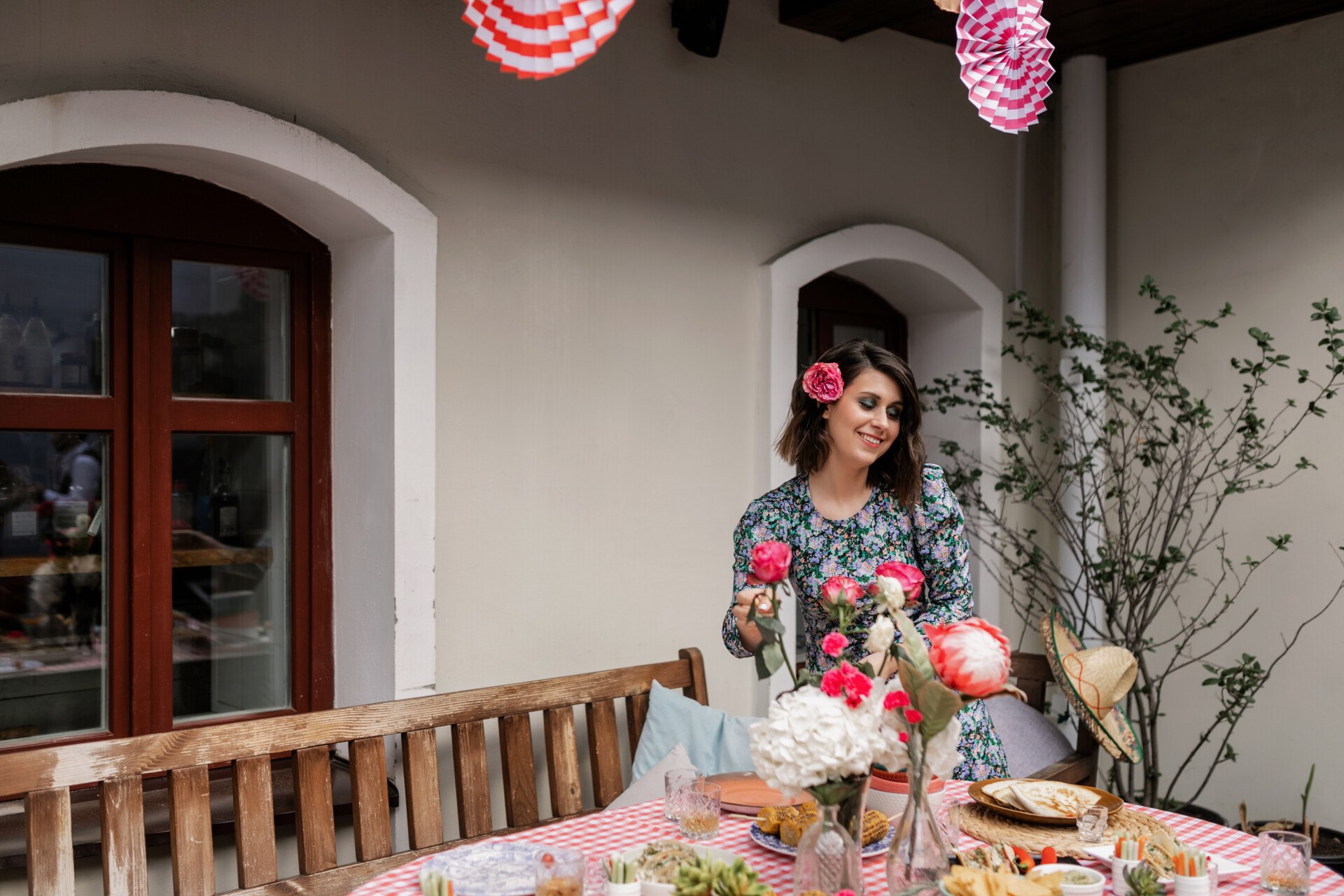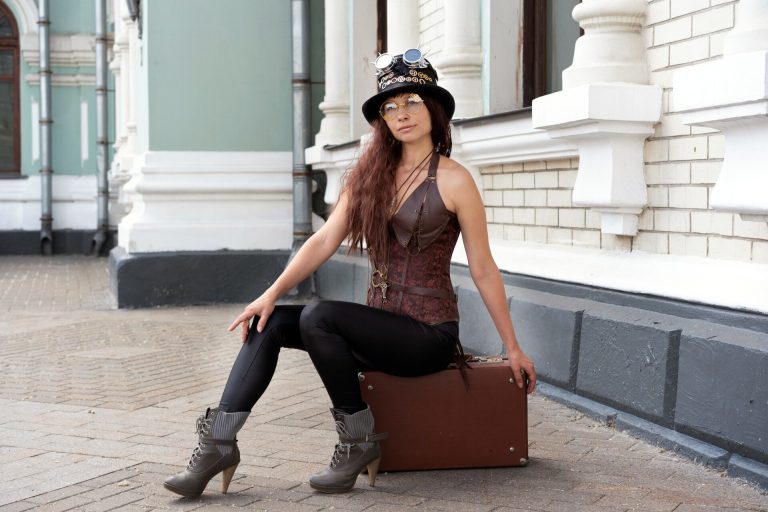Age gaps in Slavic relationships sparks debate because it mixes custom, economics, and modern dating all at once. The short answer is that many couples still have the man a few years older, while large gaps are neither the rule nor rare. Some pairs grow from friendships where maturity matters more than birthdays, others form through cross-border courtship where stability and timing push partners together despite a decade or two between them. The picture changes by city, income, and education, and it changes again once people start planning family life.
Norms shaping age gaps in Slavic marriages
Across Slavic regions, family-centered values, the provider script for men, and respect for seniority still carry weight. In many households, an older man signals readiness to support a home, which can tilt dating toward modest gaps. Soviet-era housing shortages taught couples to value practical partners who could secure an apartment, and that memory lingers in family advice today. Churches in parts of the Balkans and Western Slavic countries often bless stable unions that seem organized and steady, so an older groom may be seen as a safe bet, while a younger groom wins praise if he shows discipline, work ethic, and a plan. Media chatter about mail-order myths amplifies stereotypes too; debates over how many Ukrainian mail-order brides come to a bride agency often skip the fact that most local couples meet through school, work, and friends, not paperwork.
Demography also nudges behavior. Migration westward for work can leave some towns with fewer men in their late 20s and early 30s, so women who want marriage soon may meet partners a bit older who already returned with savings. In cities like Prague, Zagreb, and Gdańsk, university-educated women postpone marriage, build careers, and then date across a wider range of ages. Families still ask practical questions about childcare, mortgages, and caregiving for parents, and those practicalities can make an older partner attractive if he is past the scramble of entry-level life. At the same time, a growing middle class supports couples who pair by shared interests and humor, not by age hierarchy.

Why some Slavic brides prefer older partners
Not every age gap signals a power imbalance. Many slavic brides choose older men for reasons that are personal rather than scripted by society. From interviews, photo sessions, and coffee chats after ceremonies, these themes keep showing up:
- Stability: Older partners may already have steady work and clearer schedules for family life.
- Clarity: Serious intent can feel more common past 30, which reduces guessing games.
- Mentorship and patience: Emotional maturity helps during tough patches and big moves.
- Life rhythm: If a woman wants children soon, dating a man ready for that rhythm is practical.
- Social fit: In some circles, parents trust a man who has proven his reliability.
Men who court across borders often list reasons to marry slavic women, and age difference is rarely top of the list. What matters more is shared purpose, values around family and money, and a respectful pace in the relationship. I hear women say they want a partner who shows up consistently, keeps promises, and speaks plainly about the future. Age can be a proxy for those traits, but it is not a guarantee.
How beautiful Slavic women view age differences
Many beautiful slavic women will tell you that attraction comes from character, drive, and kindness as much as looks or age. In conversations for my photo projects, women described a partner’s steadiness, humor, and empathy as the glue that makes an age gap fade into the background. If an older man tries to control, keeps secrets, or dismisses a woman’s goals, the age gap becomes a problem fast. If the relationship gives both people room to grow, a few years either way stops feeling important. Women in arts and tech circles often add that curiosity and shared hobbies beat the stereotype of the aloof older provider.

Websites advertising slavic women for marriage can push a narrow script where “older” equals “better provider,” yet many women reject that pitch. They want partnership, not patronage. A healthy couple agrees on boundaries, shares decisions about money and home, and addresses language or career differences head-on. Friends and families watch for genuine affection, not just convenience. Inside that support network, age gets treated like any other trait that needs balance and care.
Modern trends in Slavic women marriage age gaps
Data and lived experience point to a slow narrowing of gaps in big cities where women outpace men in education and income growth. Many couples cohabit, save for a down payment, and marry later, which tends to align ages. Where cross-border moves are common, gaps can widen because timing matters more than age. A woman in her late 20s may meet a partner in his early 40s who can relocate, sponsor, and support a new household. For context on bureaucracy that shapes cross-border plans, see a comparison article on visa options for foreigners married to a Filipina bride; rules differ by country, yet the paperwork burden influences who can commit and when. In my notes from weddings across the region, couples told me that the cost and time of immigration pushed them to prioritize readiness over age symmetry.
Public talk about slavic women marriage often misses the quiet truth I keep seeing: couples succeed when they build equality on purpose. If you are dating across an age gap, put everything on the table early. Talk through career plans, children, finances, caregiving for elders, and where you will live. Build a social circle that supports both of you, not just the older partner’s friends. If you plan to marry abroad, budget for legal fees and wait times. Keep decision-making shared so neither person becomes the gatekeeper to money, travel, or documents. Those habits turn an age difference into a detail rather than a source of friction. So, do slavic women marry older men? Yes, sometimes, and for reasons that make sense within family goals, city life, and cross-border realities. The best answer comes from the couple that treats age as context, not control.









